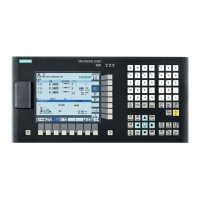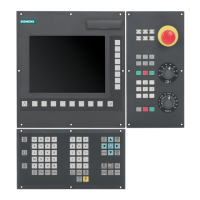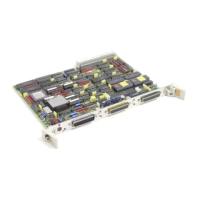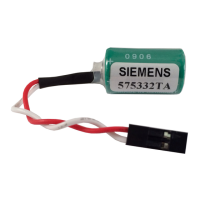Programming and Operating Manual (Milling)
132 6FC5398-4DP10-0BA6, 09/2017
Jump destination for program jumps
Fu n ctionality
A
or a
serve to mark blocks as jump destinations for program jumps. Program jumps can be used to
branch to the program sequence.
Labels can be freely selected, but must contain a minimum of 2 and a maximum of 8 letters or numbers of which the
first two
characters must be letters
or underscore characters.
Labels that are in the block that serves as the jump destination are
. They are always at the start of a block.
If a block number is also present, the label is located
.
Labels must be unique within a program.
;LABEL1 is the label, jump destination
;TR789 is the label, jump destination
- No block number existing
;Block number can be jump target
Subroutine technique
11.15.1
General information
Application
Basically, there is no difference between a main program and a subroutine.
Frequently recurring machining sequences are stored in subroutines, e.g. certain contour shapes. These subroutines are
called at the appropriate locations in the main program and then executed.
One form of a subroutine is the
. The machining cycles contain generally valid machining cases (e.g. drilling,
tapping, groove cutting, etc.). By assigning values via included transfer parameters, you can adapt the subroutine to your
specific application.
See the following illustration for example for using a subroutine for a workpiece four times:
The structure of a subroutine is identical to that of a main program (see Section "Program structure (Page 79)"). Like main
programs, subroutines contain
in the last block of the program sequence. This means a return to the
program level where the subroutine was called from.
The end instruction
can also be used instead of the M2 program end in the subroutine.
RET must be programmed in a separate block.
The RET instruction is used when G64 continuous-path mode is not to be interrupted by a return. With M2, G64 is
interrupted and exact stop is initiated.

